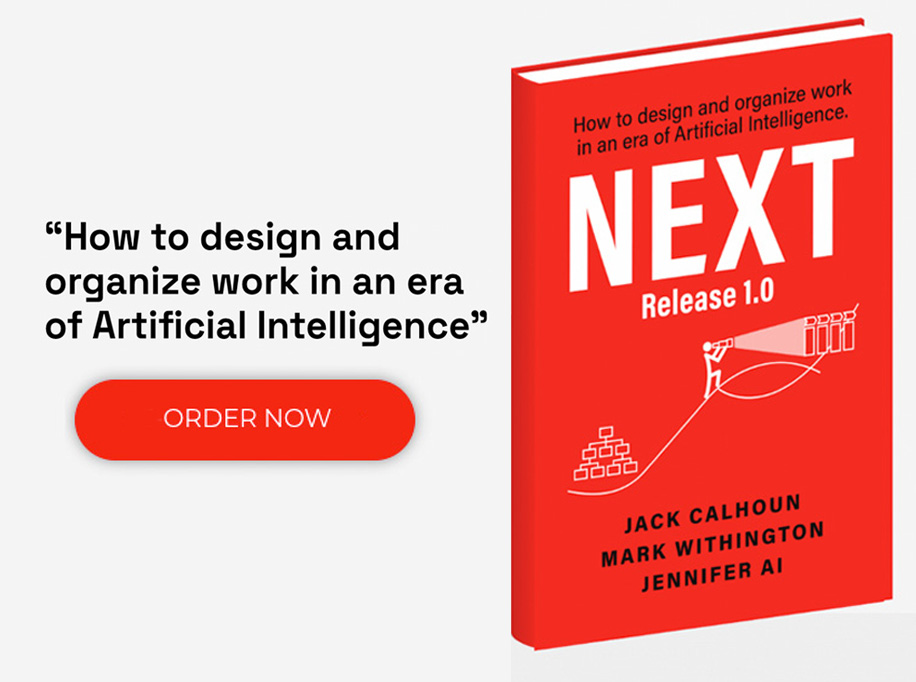Digital transformation involves fundamentally changing how your organization delivers value to customers. But how do you know if your transformation efforts are working? The right metrics can tell you whether you’re moving in the right direction or need to adjust course. Here’s what you need to track:
Customer Obsession Yield Number (COYN)
The Customer Obsession Yield Number (COYN) represents the average customer attrition rate along the customer journey. Unlike traditional metrics that only measure the outcomes of completed journeys, COYN uses real-time measurement instrumentation to measure key customer actions and related supporting organizational processes, providing necessary data to determine where the customer journey breaks down.
COYN consists of five discrete yield conversions measured along the AIDA(S) customer journey framework:
- Awareness Yield: Measures how effectively you’re capturing attention in your total available market
- Interest Yield: Tracks the percentage of aware prospects who show genuine interest
- Desire Yield: Monitors prospects moving from interest to actual desire for your solution
- Action Yield: Captures conversion from desire to taking action (purchase, signup, etc.)
- Satisfaction Yield: Similar to Net Promoter Score (NPS) but part of the complete picture
Too many organizations claim to be “customer-centric,” but these words sound hollow without proper instrumentation and measurement. As W. Edwards Deming said, “In God we trust… all others bring data.”
Traditional metrics like Customer Satisfaction (CSat) and Net Promoter Score (NPS) only survey customers who completed the journey. But what about potential customers who gave up along the way? Each of those lost prospects represents latent revenue, profitability, and potential business model expansion.
By tracking COYN, you can:
- Identify exactly where digital friction points exist
- Quantify the business impact of transformation initiatives
- Prioritize improvements based on data rather than assumptions
- Measure progress, not just outcomes
Digital Experience Score (DXS)
Digital transformation should simplify and improve the customer experience across all touchpoints. The Digital Experience Score measures the quality of interactions at each digital touchpoint based on:
- Usability: How intuitive and accessible are your digital interfaces?
- Performance: How quickly and reliably do digital systems respond?
- Personalization: How relevant is the experience to individual customers?
- Channel consistency: How seamless is the experience across devices and platforms?
To effectively collect DXS data, organizations should implement a multi-faceted measurement approach. This might include direct user feedback through in-app surveys and feedback widgets, behavioral analytics that track user paths and abandonment points, usability testing with representative user groups, and technical performance monitoring. For example, a healthcare provider can track appointment booking completion rates, average time-to-complete key tasks, and user ratings of their mobile app and patient portal.
By measuring DXS at each Moment of Truth (MoT) in the customer journey, you can identify specific areas where digital investments will have the greatest impact on customer experience.
Digital Adoption Rate (DAR)
Technology implementations fail without adoption. The Digital Adoption Rate measures how effectively new digital tools and platforms are being used across the organization:
DAR = (Active Users / Total Potential Users) × (Features Used / Total Features Available)
This compound metric ensures you’re tracking not just how many people use new systems but how deeply they’ve integrated them into their work.
Low DAR may indicate:
- Insufficient training
- Poor user experience design
- Lack of clear value proposition
- Resistance to change
When facing low DAR metrics, organizations can implement several proven strategies to improve adoption.
- Creating personalized training paths for different user groups acknowledges varying comfort levels with technology.
- Identifying and empowering digital champions within departments helps provide peer support and real-world use cases.
- Implementing “just-in-time” learning with contextual help and tooltips reduces the learning curve during actual use.
- Additionally, clearly communicating the “what’s in it for me” factor for each user group helps overcome resistance by demonstrating tangible benefits.
- Finally, considering a phased rollout approach with targeted KPIs for each phase allows for adjustment and learning before full-scale deployment.
Return on Digital Investment (RODI)
Return on Digital Investment measures the financial impact of transformation initiatives:
RODI = (Quantifiable Benefits – Digital Investment Costs) / Digital Investment Costs
Benefits can include:
- Revenue increases from new digital channels
- Cost savings from automated processes
- Improved customer retention
- Market share gains
- New business model opportunities
By tracking RODI at both the initiative and program levels, organizations can justify continued investment in transformation efforts and adjust strategies based on proven returns.
When measuring RODI, organizations must consider appropriate timeframes that reflect the nature of different digital investments.
- Infrastructure modernization and platform investments typically require longer-term measurement horizons (2-5 years) to capture full benefits as they enable future capabilities.
- Customer-facing digital channel implementations often show returns in medium timeframes (6-18 months) as adoption grows.
- Process automation initiatives frequently deliver rapid returns (3-6 months) through immediate efficiency gains.
Organizations should establish measurement checkpoints that align with these natural timeframes rather than forcing all digital investments into standard quarterly reporting cycles while still providing early indicators of progress to stakeholders.
Introducing Digital Transformation Consulting Services from Accelare
Whether your organization is just beginning its digital journey or looking to accelerate ongoing transformation efforts, Accelare provides the expertise, frameworks, and tools to design, implement, and measure customer-centric digital initiatives that drive sustainable growth.
Our Hi-Def Operating Model serves as a strategic framework, guiding organizations toward digital excellence by aligning capabilities, processes, and technologies with customer needs and expectations. We empower a proactive approach to transformation design and measurement so every digital initiative is intentionally crafted to deliver seamless experiences and business value.
Contact us today to learn more!











